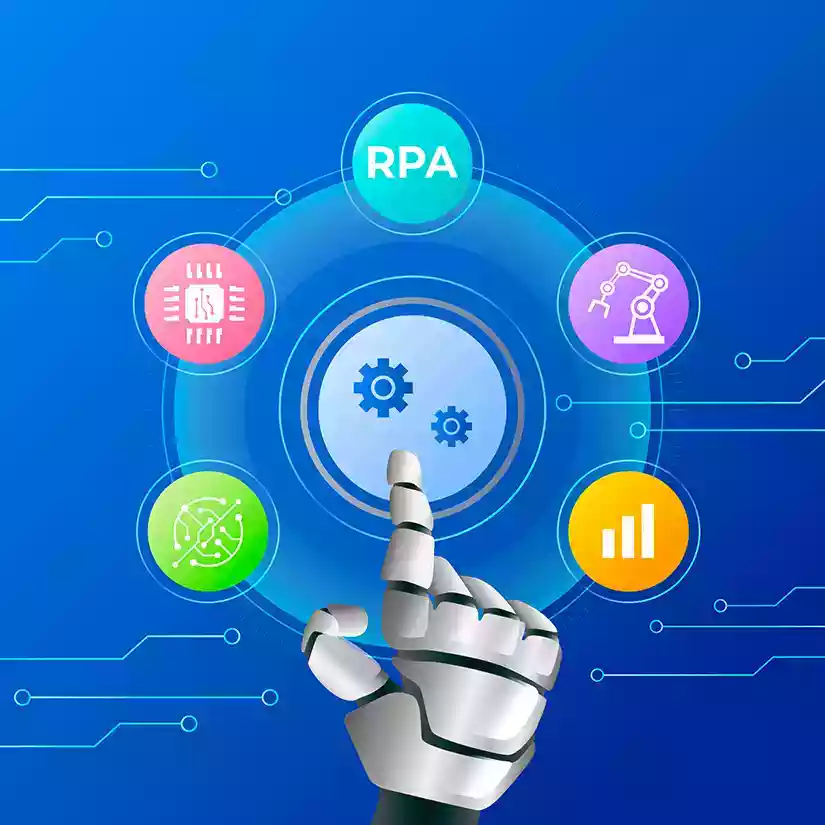Look for software robots that can communicate well with people
Movies often portray robots as physical machines with human characteristics that complete time-consuming tasks by working with people. With advances in robotics, this fantasy may soon be the reality.
Today, software robots perform repetitive tasks by themselves or by collaborating with people. When tasks require collaboration, the RPA bot needs to be able to communicate more like a human — to understand what’s being said and then respond appropriately across a variety of human communication channels, such as email, SMS (Short Message Service), instant messaging, chat, and even phone. The exchanges can range from simple to more interactive.
“Simple” exchange example
A software robot assigned to monitor an email inbox for customer support needs to be able to extract the customer’s question, look up information to answer the question, and send an email response. Even in this relatively simple exchange, artificial intelligence (AI) and machine learning (ML) are used by the bot to understand the customer’s inquiry, determine what action to take, and how to respond.
“More interactive” exchange example
For real-time communications like instant messaging and chat where there’s an exchange of information that goes back and forth between the user and the bot via text, the RPA bot becomes more like an Intelligent Virtual Agent (IVA). An IVA is a bot that relies on specific RPA commands to establish the connection with the user, talk to the user, wait for a response, and close the connection once the conversation is over. The RPA bot collects structured and unstructured data as the conversation progresses. Each time the user responds, it determines what to do based on information obtained from the user and retrieved from other systems. If the communication occurs over the phone, the bot needs to be able to hear what the user is saying and then speak its response. This enabling feature is often referred to as Interactive Voice Response (IVR).
How does an IVA know what a person is saying? A knowledge base is used to define a set of questions a person may ask and the answers that might apply. Different answers are provided to the same question depending on the context. That’s a straightforward scenario, but a person is unlikely to use the precise phrases defined in the knowledge base, so the RPA bot needs to be trained to understand variations in language. Once trained, a simple bot script can be defined to iterate through various questions and answers until the user indicates the conversation is over.
Here’s a real-world scenario where a customer calls to ask about an order’s delivery status and interacts with an IVA. First, the IVA asks for the order number, looks up the details in the order management system and informs the customer about the expected delivery date. However, the customer isn’t happy about the delivery date and decides to cancel the order. The IVA determines the customer is valued and offers express delivery at no charge to improve customer satisfaction. The customer accepts the offer and the IVA updates the order with the express delivery option selected. The IVA asks if it can help any further. The customer says “no, thank you” and the call ends.
Tip: Similar to people working in a call center, a software robot may need to text or talk in different languages. For an IVA, bots can use AI-powered natural language processing (NLP) capabilities to do this. To enable IVR, a number of popular speech engines are available, like Amazon, Google, and IBM Watson. If you’ve already selected AI capabilities from a specific vendor, it’s important to use a speech engine that’s already being used in your organization.






